Peel Test
Chemical Peel & Your Skin;.

Peel test. Food and Water Microbiology Made Easy Designed and developed for sanitation verification, product shelf life monitoring, and to be early warning of pathogen risks, Peel Plate Microbial tests are simplified alternatives to conventional microbiological testing Peel Plates use goldstandard method formulation and procedures and are available for targeting a variety of bacterial indicators to supplement most food safety programs. The peel test measures the force required to peel apart a 1inwide sample strip cut from the seal material This test has some disadvantages It is timeconsuming because many strips have to be cut from a package in order to get a true measure of the seal strength The sample strips may not contain a weak spot that would be present in the pouch. Blog Glass Skin Trend;.
NIST Peel Test Procedure The NIST test was developed to quantitatively measure 90degree peel adhesion of coatings The test uses the peel test fixture, and a computerized universal testing machine (Fig 2) The testing machine provides a constant rate of peel and continuously measures the force of detachment during the test. Peel strength(Peel adhesion strength,Bond test, Peel test )This indicator is directly related to the quality of the coating, the penetration of water and the tape and the adhesive force between the pipes, it should ensure a sufficient adhesion strength steel. ASTM D903 is a common tensile test used to evaluate the peel or stripping characteristics of adhesively bonded materials used in a wide variety of applications in an even wider range of industries Some examples of materials tested to ASTM D903 are plastic films, adhesive labels, and waterproofing materials This guide is designed to introduce you to the basic elements of an ASTM D903 test and will provide an overview of the testing equipment, software, and specimens needed.
Peel test is a simple mechanical test to measure the adhesion strength, especially for the case of a thin film deposited on a substrate Many experimental efforts and analyses have been devoted since the pioneer work of Strong in 1935, and a comprehensive survey on the earlier developments of the subject can be found in Kim and Aravas (19). Peel Test Purpose of Peel Tests Generally the goal of a peel test is to determine the adhesive strength of the material or the Common Peel Tests The most common types of peel tests for the measuring of adhesive strength are the Tpeel, 90 degree Types of Materials A peel test is commonly. Peel testing gives information about the bond strength created between an adhesive and a substrate Standards ASTM D903, ASTM D1876, ASTM D3330, ASTM D6862.
Peel test is performed from a different angle such as 90 degree, 180 degree, etc Relation between Thickness of Adhesives and Peel Strength The thickness of adhesives plays a significant role that affects the peel strength of the adhesives It also depends on the properties of the adhesives With adhesives, the elastomeric behaviour and thick bond required a huge amount of force to peel the adhesives from the substrates. Learn how to peel test adhesive bonds with the best equipment for ASTM D903. This test method is primarily intended for determining the relative peel resistance of adhesive bonds between flexible adherends by means of a Ttype specimen using a tension testing machine The bent, unbonded ends of the test specimen shall be clamped in the test grips of the tension testing machine and a load of a constant head speed shall.
The results of a linearelastic analysis to determine the phase angle at the tip of an interface crack in the peel test are presented in this paper The phase angle is fairly insensitive to the peel angle and, when the film and substrate have identical elastic properties, the modeI and modeII components of the cracktip stress field are. The peel test is a uniaxial test in which deformation is evenly applied to a 1inwide strip of seal The burst test is a multiaxial test in which force is applied by internal air pressure When the package is pressurized, the seal perimeter does not take the same load at all points because it deforms differently in different areas. Peel attachments are used to measure peel or adhesive force of adhesive tapes, coating surface, etc They can be used as a simple force tester by combining a force gauge and test standWe offer a wide range of attachments designed for peel test of cup film lids, peel test of adhesive tape by keeping a certain degree, and opening test of a food package, and more.
TPeel "Technique A" This configuration is a standard Tpeel application where the adhered section is left unsupported while the specimen is under test TPeel "Technique B" This configuration is similar to Technique A;. Peel test for a flexiblebondedtorigid test specimen assembly 180 degree peel FINATFTM1 – Peel adhesion (180°) at 300 mm per minute FINATFTM3 – Low speed release force ISO – Packaging for terminally sterilized medical devices – Part 1 Requirements for materials, sterile barrier systems and packaging systems. Peel Test Fixtures Grips from Tinius Olsen Peel test fixtures grips designed to test materials such as flexible pressure sensitive tapes, labels, laminated coatings, specifically designed for peel testing the bond between copper and PCBs with Benchtop materials testing machines Email us Contact Information Name*.
There are many test methods used to determine the strength of an adhesive including peel, shear, cleavage, and tension tests Peel tests are common for tapes, labels, coatings, and other bonded materials There are three main types of peel tests including 90 degree peel test, 180 degree peel test, and a TPeel test. Peel Testing Equipment Universal Test Machine Video Universal Test Machine Brochure Description This Peel Testing Equipment can do tensile test, tear test, peel test, bond test with different clamps for yarn,paper, tape, film,rubber and other kind of materials unversal test equipment uses the motor to drive screw to move fixtures Fix sample between upper and lower fixture and pull sample. ASTM F Peel Test System The ASTM F Peel Test System is a complete functional testing system from CSC Force Measurement that will provide full compatibility for the ASTM F testing standard for the most common testing methods, including the 90 degree supported and unsupported method (Technique A and Technique B).
Imada offers motorized peel testers in vertical or horizontal configurations The motorized test stand, digital force gauge and peel fixture apply tension to a safety seals, tapes and laminates Special attachments and fixtures facilitate 45°, 90°, 180°, ‘T’ and rotary peel tests. Abstract This test method details the standard procedures for the determination of the comparative peel or stripping strength characteristics of adhesive bonds when tested on standardsized specimens and under defined conditions of pretreatment, temperature, and testing machine speed. Mark10 Peel Testers consist of several components, each of which are available separately Configure your peel tester from a wide range of force gauges, test stands, grips, and accessories See the list of items below for details Shown at left ESM303 test stand with Series 5 force gauge and G1008 film and paper grips.
Learn how to peel test adhesive bonds with the best equipment for ASTM D903. 10 Scope This test method is designed to determine the peel strength of metallic cladding when tested in the following conditions, ‘‘as received,’’ after thermal stress, and after exposure to processing chemicals;. TestResources peel testers or peel test machines, help determine the adhesive peel strength or the strength of the adhesive bond between two materials Our peel testers are optimized for peel testing applications The majority of peel tests are run at 250 to 300 mm/min (12 ipm) and performed with specially configured universal test machines.
NIST Peel Test Procedure The NIST test was developed to quantitatively measure 90degree peel adhesion of coatings The test uses the peel test fixture, and a computerized universal testing machine (Fig 2) The testing machine provides a constant rate of peel and continuously measures the force of detachment during the test. For testing samples at angles different from 180 o (ie 90 o peeling test), other fixtures are required Obtain representative sample from production line Cut open sample and remove contents Do not disturb seal to be tested Cut a segment of the seal to produce a test strip (254 mm wide and at least 75 mm long). The 90° peel test fixture consists of a bearingmounted sled that is linked to the testing machine’s crosshead by a cable and pulley system This fixture has a Tslotted sled that allows the substrate clamps, which secure the substrate to the sled, to adjust to a variety of substrate widths.
The Tpeel test is probably the most widely used peel test since it uses only one thickness of metal The Bell peel test is designed to peel at a constant radius around a 1in (252 cm) steel roll and, for this reason, provides more reproducible results ASTM D1781 uses a metaltometal climbing drum in an attempt to achieve this same constant. The 90° peel test fixture consists of a bearingmounted sled that is linked to the testing machine’s crosshead by a cable and pulley system This fixture has a Tslotted sled that allows the substrate clamps, which secure the substrate to the sled, to adjust to a variety of substrate widths. Peel tests are common for tapes, labels, coatings, and other bonded materials There are three main types of peel tests including 90 degree peel test, 180 degree peel test, and a TPeel test The Loop Tack test is similar in concept but is better classified as a tension test.
The “peel test” is a typical industry standard procedure that offers the opportunity to see under real conditions that the tape has been applied correctly According to the manufacturer, the adhesion should be cohesive (see photo 1) and should adhere to both the substrate and the pipe itself. Peel testing gives information about the bond strength created between an adhesive and a substrate Standards ASTM D903, ASTM D1876, ASTM D3330, ASTM D6862. A peel test is used to calculate the peel strength, which is then used to determine how effective an adhesive will be when joining certain types of materials Corrosionpedia explains Peel Strength Peel strength is measured by means of a peel test During a peel test the materials are pulled apart at a constant speed.
Products Instapeel Complete Kit;. Peel Plate EC Test Generic Ecoli, considered a fecal risk indicator, is a subset of coliform and are differentiated with the Peel Plate EC formulation Peel Plate EC are AOACRI validated for a number of dairy products, meat rinses, water testing, and environmental sampling. The “peel test” is a typical industry standard procedure that offers the opportunity to see under real conditions that the tape has been applied correctly According to the manufacturer, the adhesion should be cohesive (see photo 1) and should adhere to both the substrate and the pipe itself.
Plate 6 Plate 3 from test 1 (see Press n Peel Test 1) was our most successful transfer so far, so we decided to mimic the same iron temperature and ironing length to see if we could get the same result 300 degrees F for 3 minutes We used a slower, iron movement across and up and down the plate Evaluation Still an incomplete transfer. Peel Strength of Metallic Clad Laminates 12/94 TM 2481 Peel Strength, Metal Foil (Keyhole Method for Thin Laminates) 01/86 TM 24A Peel Strength of Metallic Clad Laminates at Elevated Temperature (Hot Fluid Method) 12/94 TM 24A Peel Strength of Metallic Clad Laminates at Elevated Temperature (Hot Air Method) 12/94 TM 2484. Reviews of Americas Test Kitchen Pizza Peel Here are top rated Pizza Peel consumer reports on the market today 1 – New Star Foodservice Aluminum Pizza Peel Check Price on Amazon Our top choice is New Star Foodservice Aluminum Pizza Peel offering the best of wood and aluminum This model features aluminum since it’s cost.
Peel testing is used to assess the bond quality and is a simple way of determining the adhesion strength of a material, especially in the case of a thin film deposited on a substrate By measuring the tension characteristics between the adhesive and the adherend surface, it is extremely useful in assessing the effects of processes (eg surface treatment, sterilisation) or reallife. 90/180 Degree Peel Test 90/180 Degree Peel Test is usually used control the adhesive characteristics as adhesion and tearing strength 90/180 Degree Peel Test is usually conducted on a Tensile Testing Machine with specifically grips There are some standards can be reference of 90/180 Degree Peel Test ASTM D3330, PSTC, etc. Peel tests are the most common test procedure performed on labels, tapes, coatings & other bonded materials There are different types of peel test such as 180degree peel test, 90degree peel test, etc 90 Degree Peel Test or 180degree peel test are commonly used where flexible materials such as adhesives and tapes.
Learn about peel strength testing and the material testing solutions we provide for peel strength testing. ASTM D1876 is a test method that measures the peel separation strength of two flexible materials that have been bonded together This is commonly referred to as the “TPeel” test because the sample looks like the letter “T” when loaded in the machine before the test. 10 Scope This test method is designed to determine the peel strength of metallic cladding when tested in the following conditions, ‘‘as received,’’ after thermal stress, and after exposure to processing chemicals;.
ASTM peel adhesion testing is a tool for quality assurance use At ATS, it is our policy to provide our clients with the highest quality testing services Our test methods are LA accredited to ISO requirements and adhere to the most stringent applicable standards and specifications. However, the adhered part of the specimen is supported by hand. There are two primary reasons for performing a peeling test 1 Assessing the uniformity of the adhesion of a given type of pressure sensitive adhesive interface, which indicates a 2 Distinguishing between acceptable and unacceptable criteria, by determining the adhesive strength range which.
This test method is primarily intended for determining the relative peel resistance of adhesive bonds between flexible adherends by means of a Ttype specimen using a tension testing machine The bent, unbonded ends of the test specimen shall be clamped in the test grips of the tension testing machine and a load of a constant head speed shall. Optional weighted peel test roller applies consistent pressure when preparing test samples With the 90 degree peel tester, test peel force for Velcro, tapes, laminates, and a wide variety of other materials Test systems can also be configured to accommodate other peel applications as well (TPeel, 180 degree, etc). Peel strength testing is another subcategory of adhesion testing What makes peel testing unique are the many varieties of peel tests that can be performed using a universal test machine The most common types of peel tests include the Tpeel, 180°peel, 90°peel, Peel Wheel Testing, Floating Roller Peel Testing and Climbing Drum Peel Testing.
The 90 degree peel test is one of the most common since this test generally results in the lowest peeling force Variations of this test include the 180 degree peel test, floating roller peel test, climbing drum peel test, and the Tpeel test or trouser method This test is also specifically designed to measure the elasticity of the adhesives. Physical Exfoliation V/S Chemical Exfoliation;. Test Summary Our goal is to use Press n Peel film as a onestep way to get a multitonal, photographic intaglio print In traditional tonal etching the plate is coated with an aquatint ground and etched in stages, creating various depths in the plate This film presents an opportunity to nix out the stepby step biting process needed to produce.
However, the adhered part of the specimen is supported by hand. Peel adhesion is the force required to remove a pressure sensitive adhesive from a testing plate or its own backing material The goal of a peel adhesion test is to determine the adhesive strength level of the material between two materials and is measured in ounces per one inch of tape. And to evaluate the base laminate material after the peel strength test is completed for degradation due to the conditioning.
Importance Of pH Of Product;. The 90° peel test fixture consists of a bearingmounted sled that is linked to the testing machine’s crosshead by a cable and pulley system This fixture has a Tslotted sled that allows the substrate clamps, which secure the substrate to the sled, to adjust to a variety of substrate widths. The ASTM F Peel Test System is a complete functional testing system from CSC Force Measurement that will provide full compatibility for the ASTM F testing standard for the most common testing methods, including the 90 degree supported and unsupported method (Technique A and Technique B) Additional support for the supported 180 degree method (Technique C) can be added to the basic system for a nominal cost.
C6H Friction / Peel Tester can be used to test coefficient of static and kinetic friction of plastic films, sheets, foils, paper, cardboard, woven bags, fabric (fabric style test), metalplastic composite strip/belt for communication cable, convey belt and textile, as well as peel strength test of adhesive laminated products, medical adhesive bandage, release paper and protection films. Common peel testing definitions and keywords include Peel strength The average load per unit width of bond line required to gradually separate a flexible member from a rigid member over adhered surfaces The angle between members varies with the type of peel test (Tpeel, 90degree peel, 180degree peel, floating roller, or climbing drum. Peel Testing Equipment Universal Test Machine Video Universal Test Machine Brochure Description This Peel Testing Equipment can do tensile test, tear test, peel test, bond test with different clamps for yarn,paper, tape, film,rubber and other kind of materials unversal test equipment uses the motor to drive screw to move fixtures.
And to evaluate the base laminate material after the peel strength test is completed for degradation due to the conditioning.

A Numerical Analysis Of The Elastic Plastic Peel Test Sciencedirect
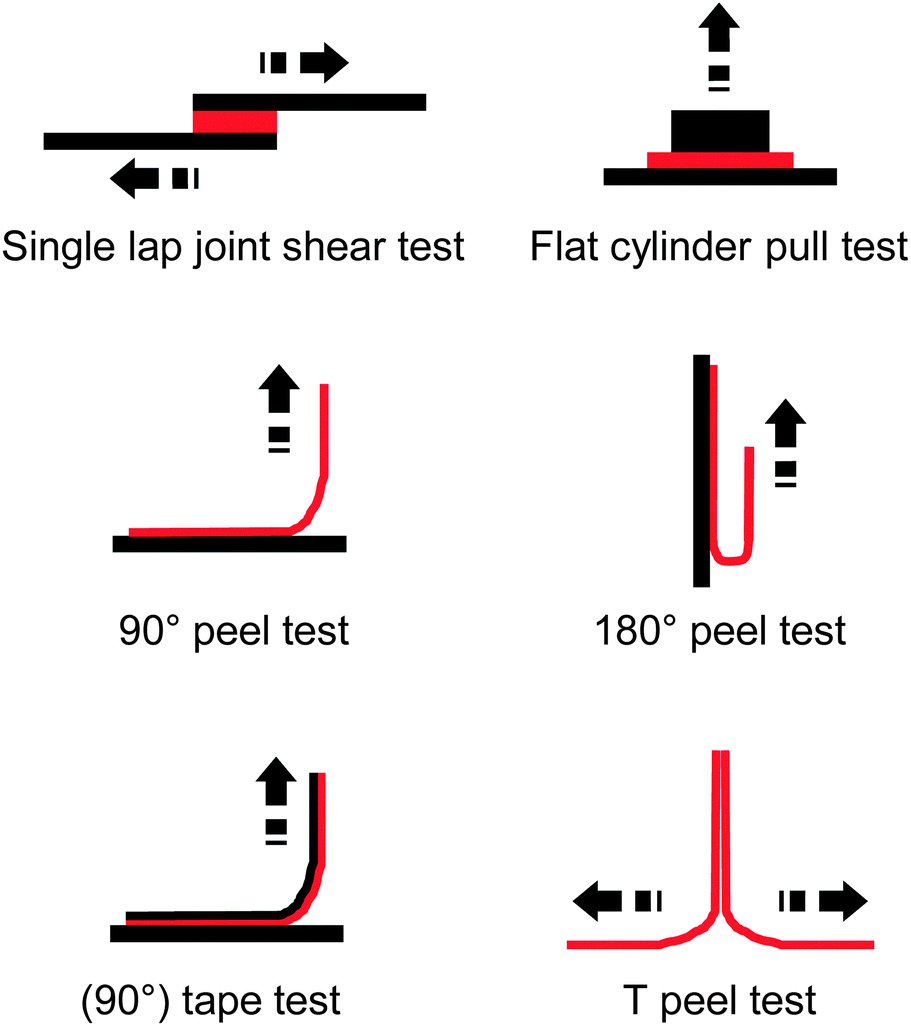
Annayya Chandrashekar Gmail Com Peel Test
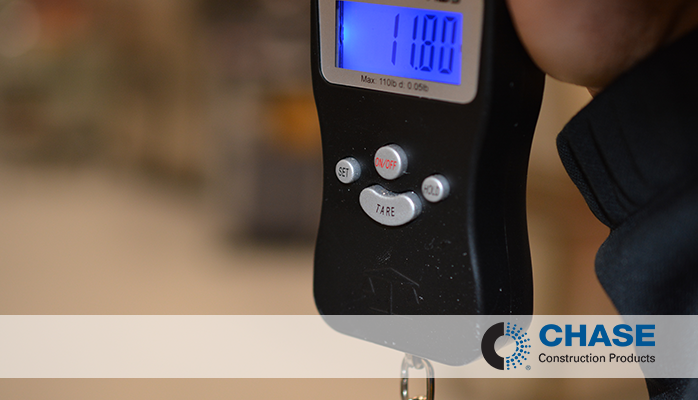
How To Do A Peel Adhesion Test In 3 Steps
Peel Test のギャラリー
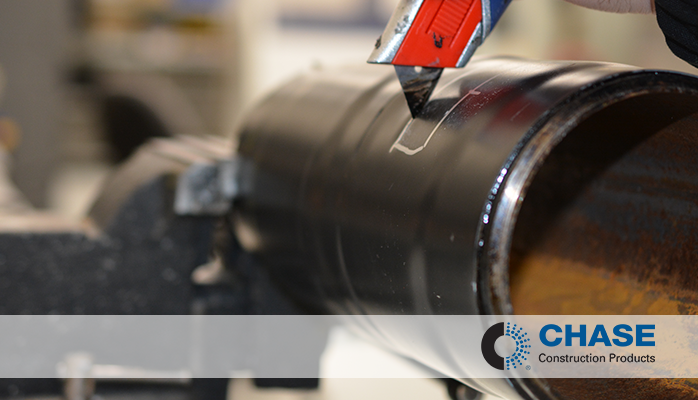
How To Do A Peel Adhesion Test In 3 Steps

Astm D1876 Adhesive T Peel Test
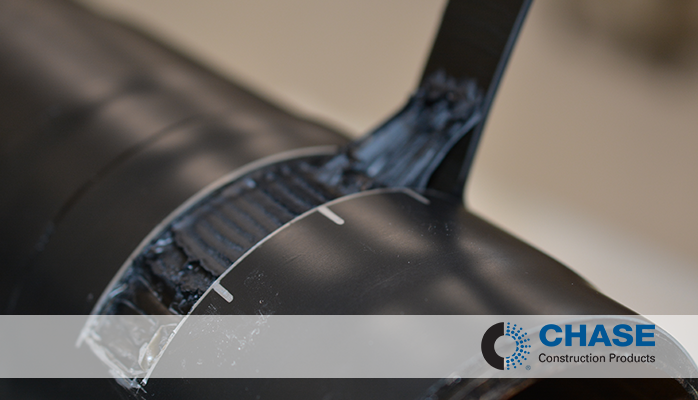
How To Do A Peel Adhesion Test In 3 Steps

Astm D3330 Standard 90 180 Degree Peel Adhesion Tester For Pressure Sensitive Tapes

Peel Mecmesin
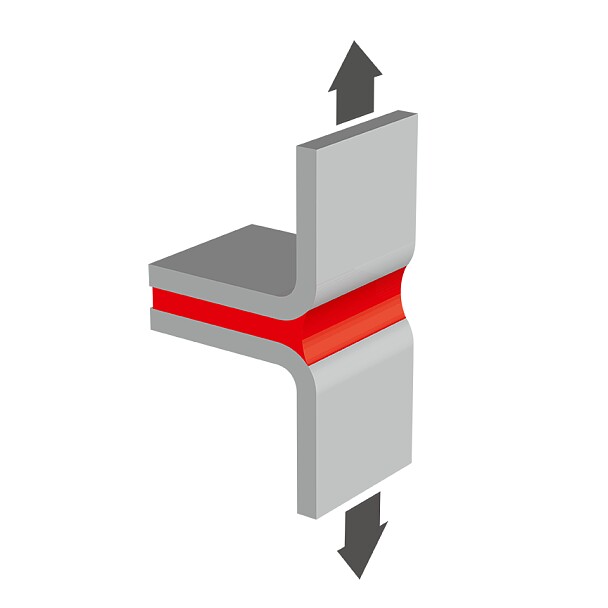
Why Peel Adhesion Is Important

Nace International Tm214 18 Test Method For Measurement Of Peel Strength Of Multilayer Polyolefin
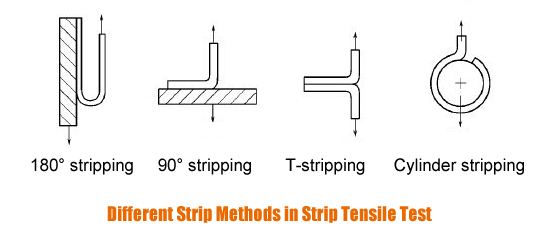
What Is 180 Peel Tensile Test

Variable Angle Peel Fixture

How To Perform Astm D903 Peel Or Stripping Strength Of Adhesive Bonds Massdevice

Peel Test An Overview Sciencedirect Topics

Enhancing The Performance Of The T Peel Test For Thin And Flexible Adhered Laminates Review Of Scientific Instruments Vol 87 No 8
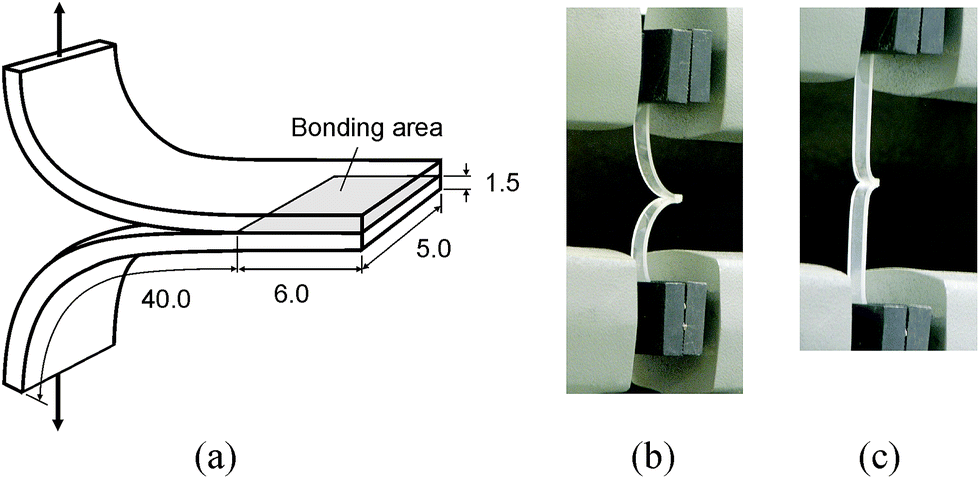
Characterization And Failure Mode Analyses Of Air Plasma Oxidized Pdms Pdms Bonding By Peel Testing Rsc Advances Rsc Publishing

Astm D3330 Standard 90 180 Degree Peel Adhesion Tester For Pressure Sensitive Tapes

90 Peel Fixture Mark 10 Force And Torque Measurement

Finat Test Method 2 Peel Adhesion 90 Instron

90 Peel Off Tests Of Tissue Engineered Osteochondral Constructs A New Method To Determine The Osteochondral Integration

Astm F Medical Package Testing

Peel Test Measurements For Au On Al A Schematic Of 90 Peel Test Download Scientific Diagram

Conduct Tape Adhesion Test Using Automated Test Machine

Adhesives Design Toolkit
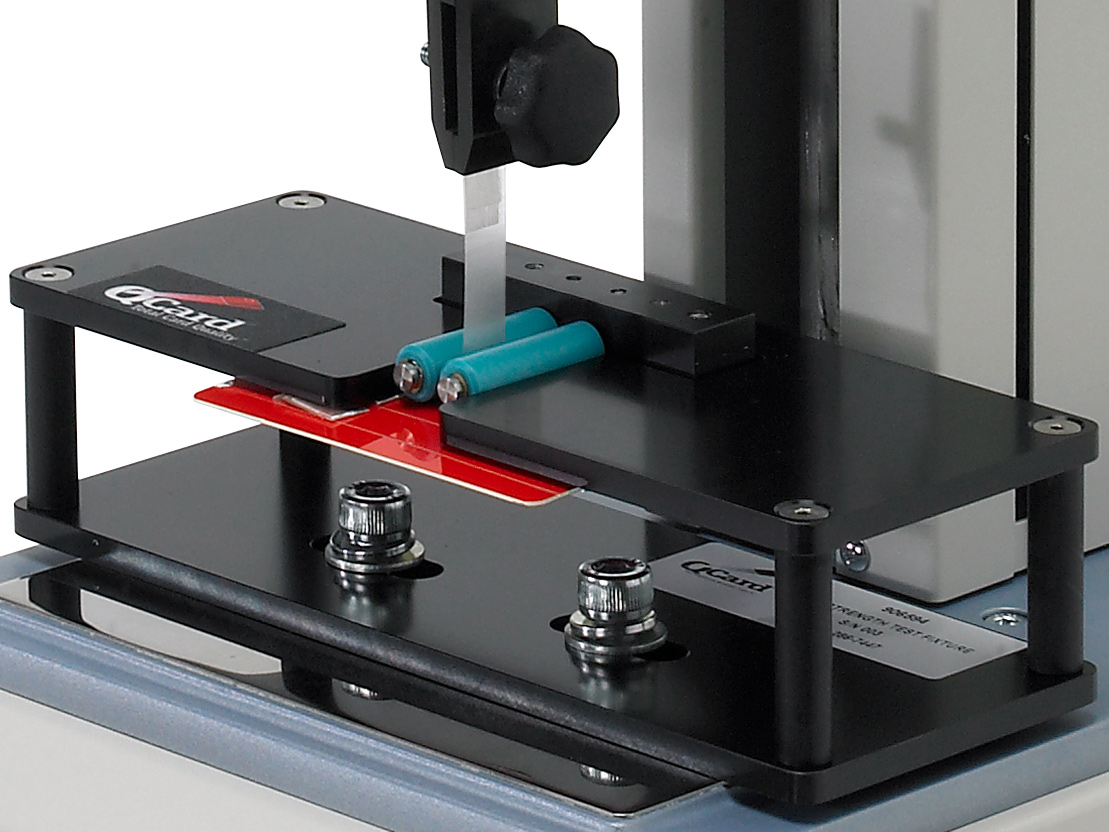
Module Adhesion Embossed Character And Peel Tester Q Card
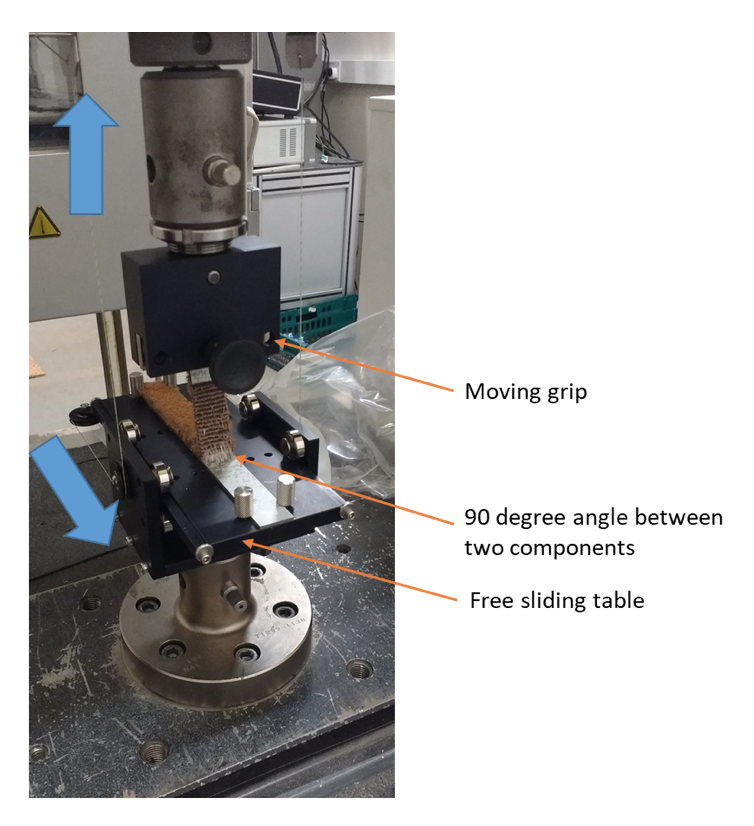
Peel Adhesion Test 90 And 180 Peel Test Impact Solutions

How To Perform An Adhesive Strength T Peel Test Astm D1876
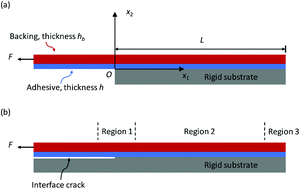
Mechanics Of An Adhesive Tape In A Zero Degree Peel Test Effect Of Large Deformation And Material Nonlinearity Soft Matter Rsc Publishing

Tweezer Pull Ribbon Pull And Peel Xyztec English

Peel Test For Packaging Instron

Perform Peel Test To Determine The Strength Of Adhesives
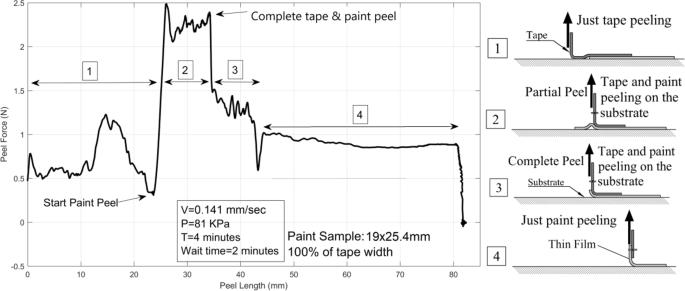
Quantitative Peel Test For Thin Films Layers Based On A Coupled Parametric And Statistical Study Scientific Reports
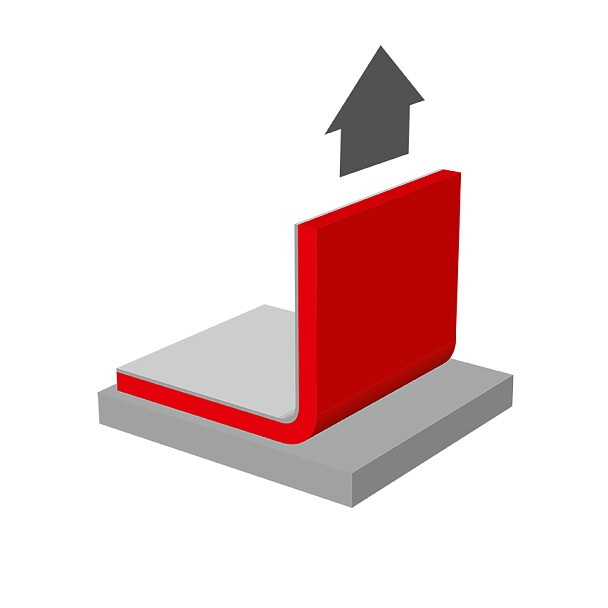
Why Peel Adhesion Is Important

Texture Analysis Professionals Blog Multiple Speed Peel Testing For The Assessment Of Adhesive Tapes
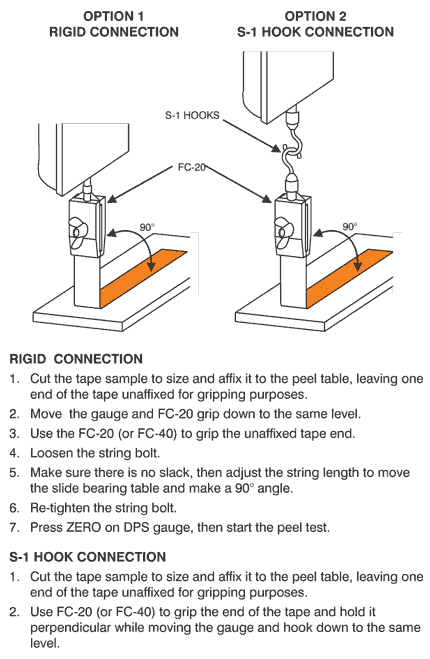
90 Degree Peel Test Fixture Gt 30 1

Adhesives Design Toolkit
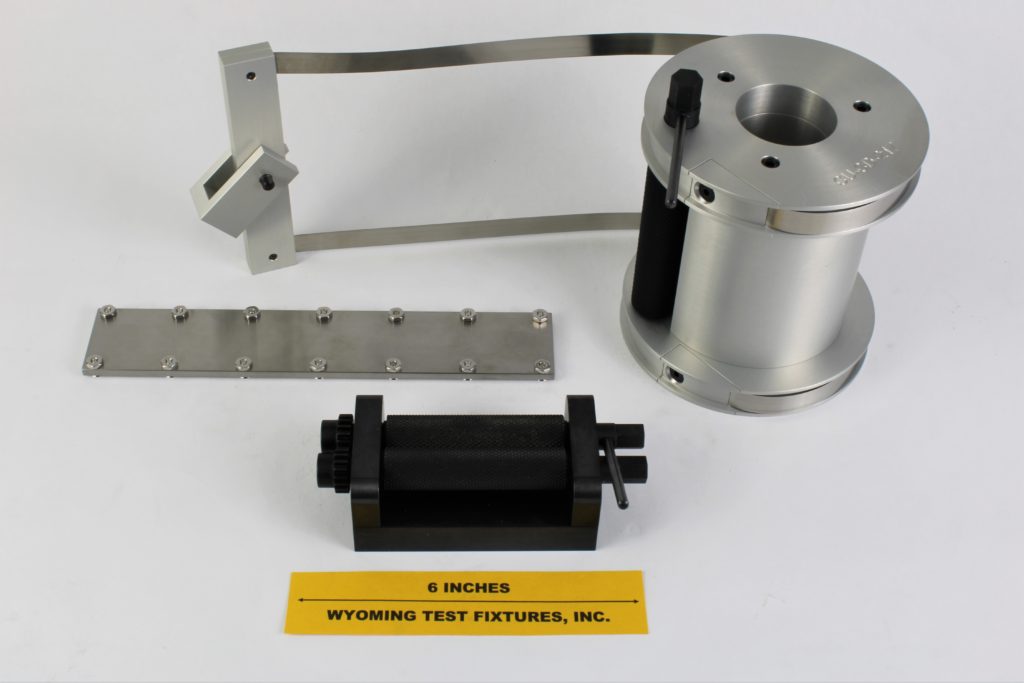
Climbing Drum Peel Test Fixture Astm D1781 Wyoming Test Fixtures
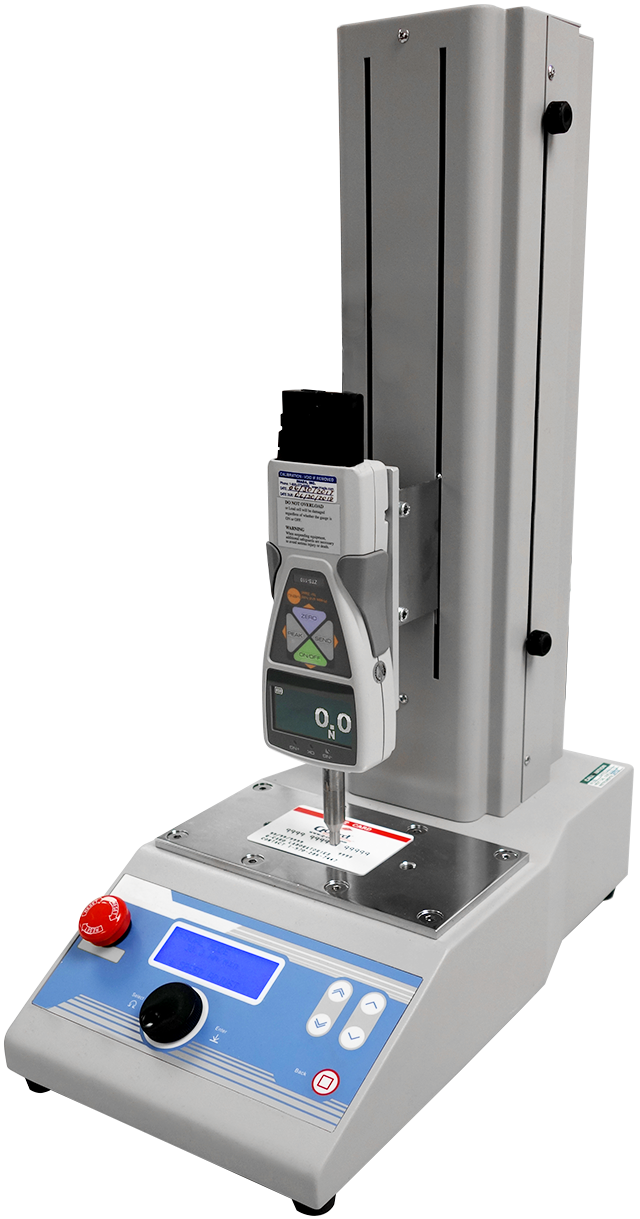
Module Adhesion Embossed Character And Peel Tester Q Card

Peel Test

90 Degree Peel Unit Of Peel Test Fixtures Grips From Tinius Olsen

How To Perform An Adhesive Strength T Peel Test Astm D1876 Youtube

Mecmesin Solar Panel Peel Testing

Peel Adhesion Mecmesin Tv

Quantitative Peel Test For Thin Films Layers Based On A Coupled Parametric And Statistical Study Scientific Reports

Peel Adhesion Tester Test Machine Equipment

Peel Adhesion 90 Degree Testing Per Ftm 2

Enhancing The Performance Of The T Peel Test For Thin And Flexible Adhered Laminates Review Of Scientific Instruments Vol 87 No 8

Peel Testing Admet

90 180 Degree Peel Test Labthink

Schematic Of The Peel Test With Dimension Illustrations Of The Adhesive Download Scientific Diagram

T Peel Test An Overview Sciencedirect Topics

Peel Testers Seal Strength Testing
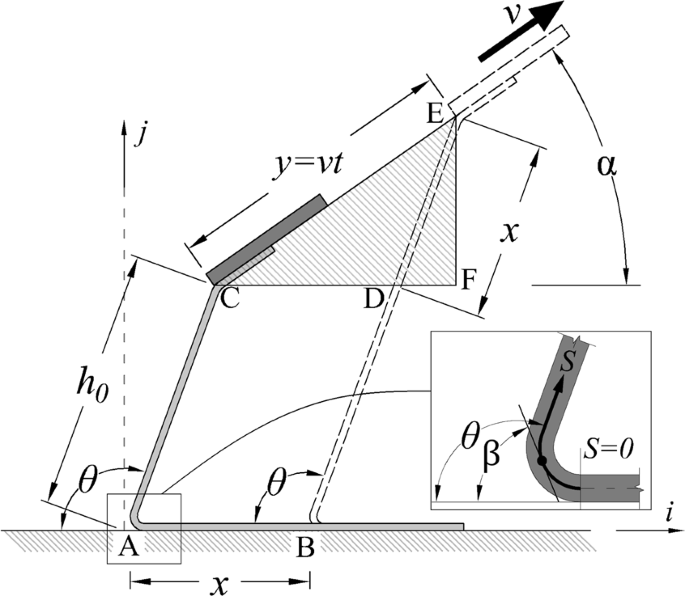
Quantitative Peel Test For Thin Films Layers Based On A Coupled Parametric And Statistical Study Scientific Reports

T Peel Tests On Medical Packaging

Yoghurt Bottle Peel Strength Testing

Instron Peel Testing Of Screens Instron

Peel Mecmesin

Peel Test An Overview Sciencedirect Topics
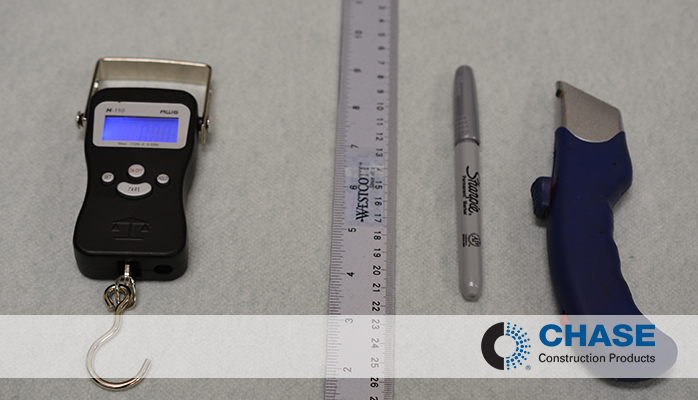
How To Do A Peel Adhesion Test In 3 Steps

Adhesives Design Toolkit

Peel Testing Admet
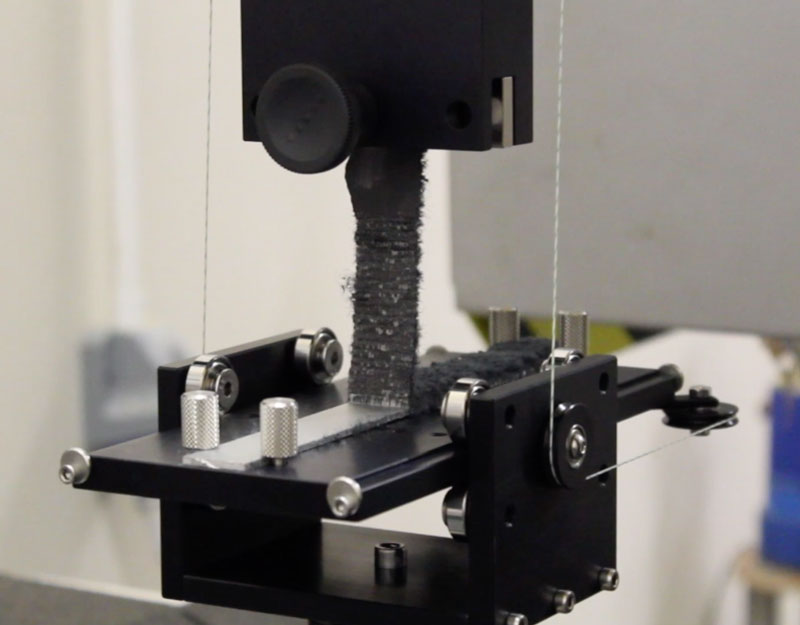
Peel Adhesion Test 90 And 180 Peel Test Impact Solutions

Astm D6862 D3330 D903 Peel Test Fixture Mark 10
.jpg)
Determine 180 Degree Peel Strength Of Adhesives
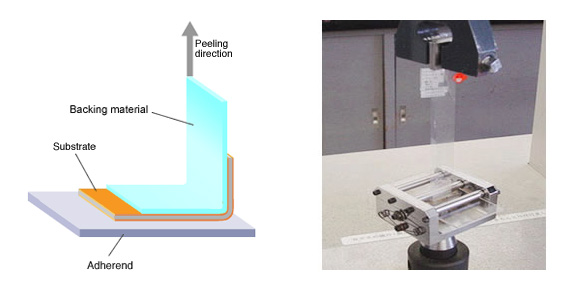
Test Data Products Dexerials

Gel Content Peel Test Pi Berlin

Astm D1876 Adhesive Peel Strength Testing Admet

Enhancing The Performance Of The T Peel Test For Thin And Flexible Adhered Laminates Review Of Scientific Instruments Vol 87 No 8

Enhancing The Performance Of The T Peel Test For Thin And Flexible Adhered Laminates Review Of Scientific Instruments Vol 87 No 8

Psm Polymer Service Gmbh Merseburg T Peel Test
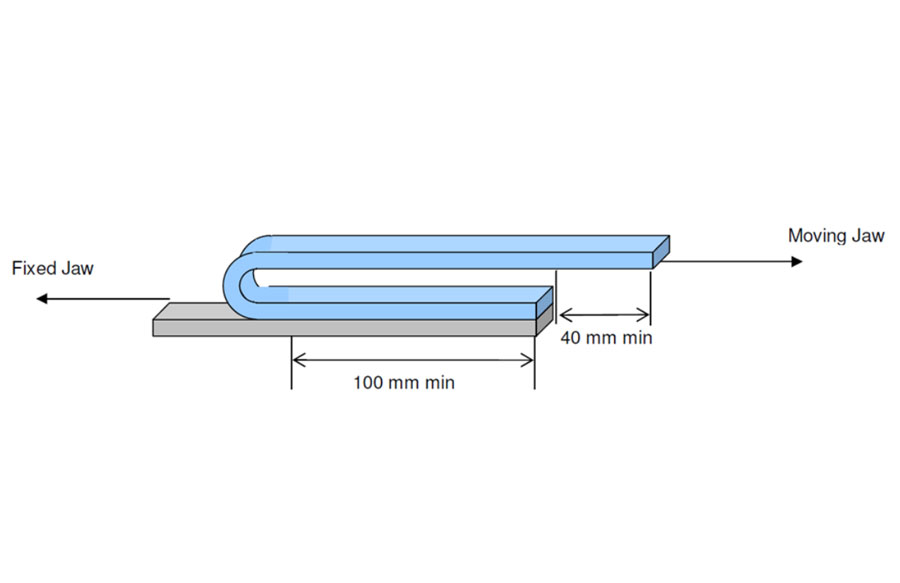
Peel Adhesion Test 90 And 180 Peel Test Impact Solutions
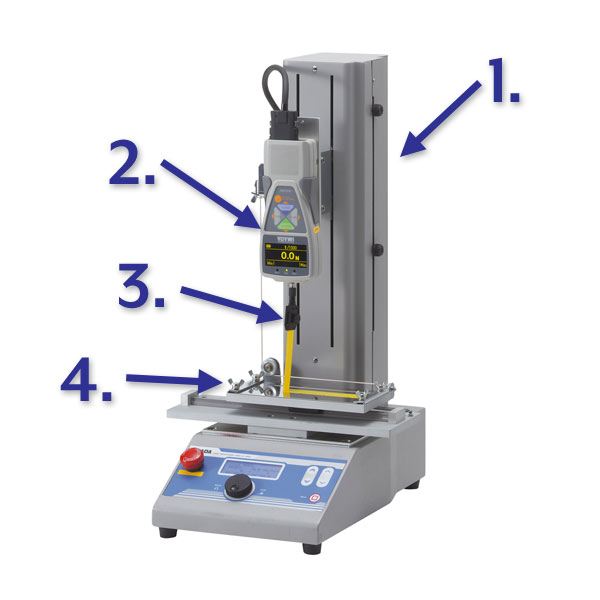
90 Degree Peel Tester Imada Inc

90 Degree Peel Testing System Multiple Specimens Youtube

Instron Peel Testing Of Screens Instron

Rubber Adhesion Peel Test Youtube

Psm Polymer Service Gmbh Merseburg Fixed Arm Peel Test
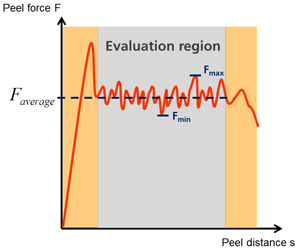
6 5 2 Floating Roller Peel Test Leitfaden Kleben

Adhesives Design Toolkit

Peel Testing
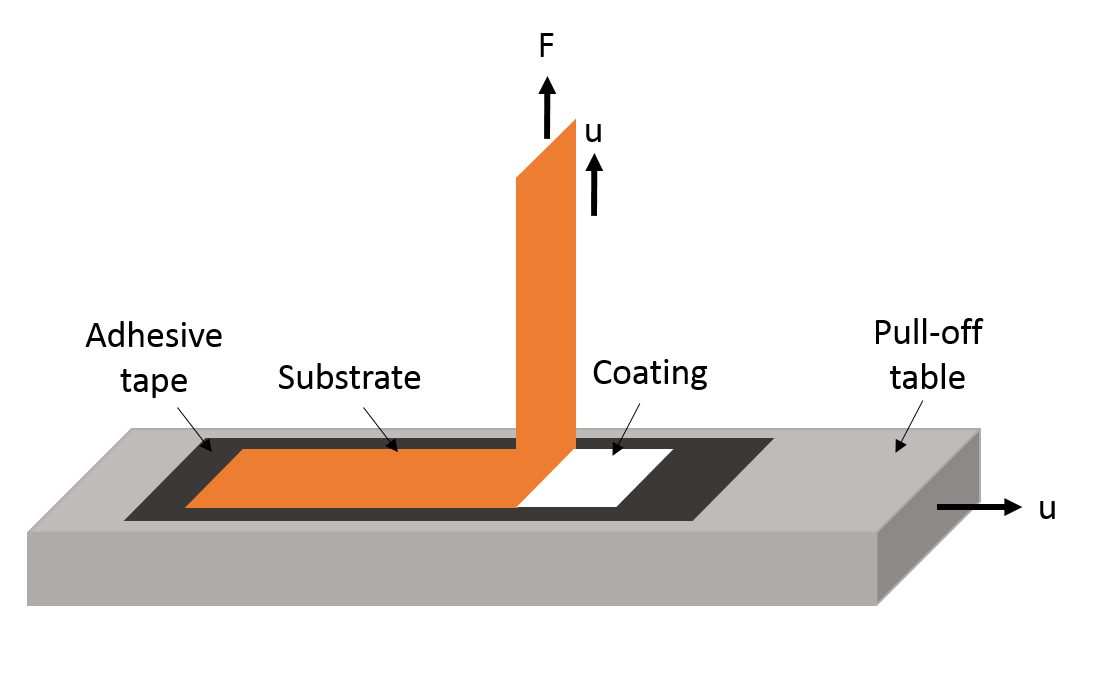
Kit Research Ame Research Ame Peel Test

A Schematic Of The Peel Test Setup The Electrode Is Clamped On One Download Scientific Diagram

T Peel Tester Imada Inc
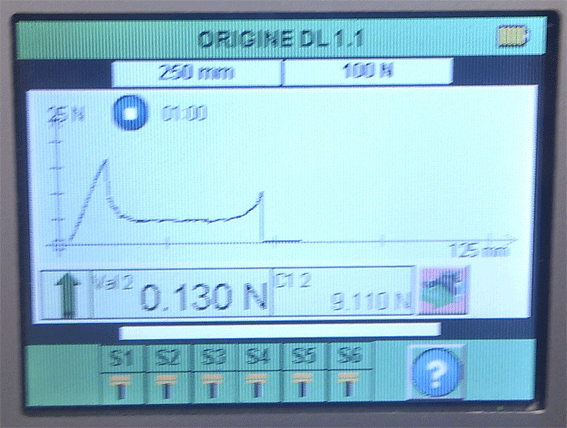
Define Peel Test
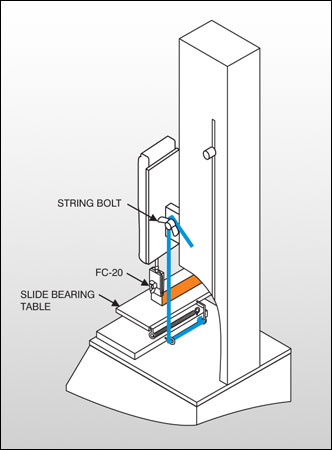
90 Degree Peel Test Fixture Gt 30 1
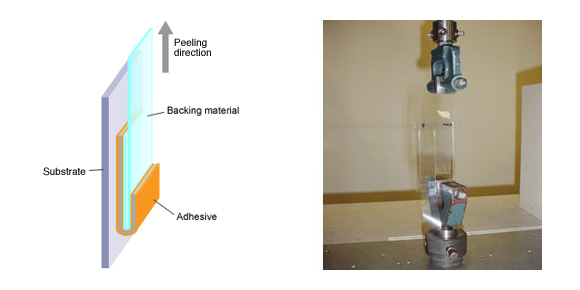
Test Data Products Dexerials

Instron Peel Testing Of Screens Instron

Peel Testing Admet

What Is A Peeling Test

Measurement Setup For T Peel Test Used To Determine The Adhesion Download Scientific Diagram
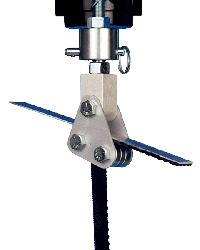
Define Peel Test

45 Degree Peel Tester Imada Inc

Adhesive Tape Peel Testing

Astm D3330 Test Method A 180 Peel Test On Single Coated Tape Mecmesin Force Measurement Youtube
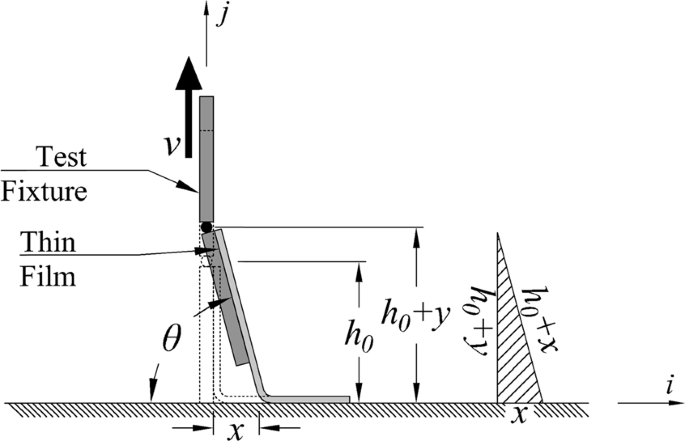
Quantitative Peel Test For Thin Films Layers Based On A Coupled Parametric And Statistical Study Scientific Reports

1 Four Standard Peel Test Configurations A 90 Peel Test The Most Download Scientific Diagram

90 Degree Peel Tester Imada Inc

T Peel Test Geometry Download Scientific Diagram

Schematic Diagram Of T Peel Test Download Scientific Diagram
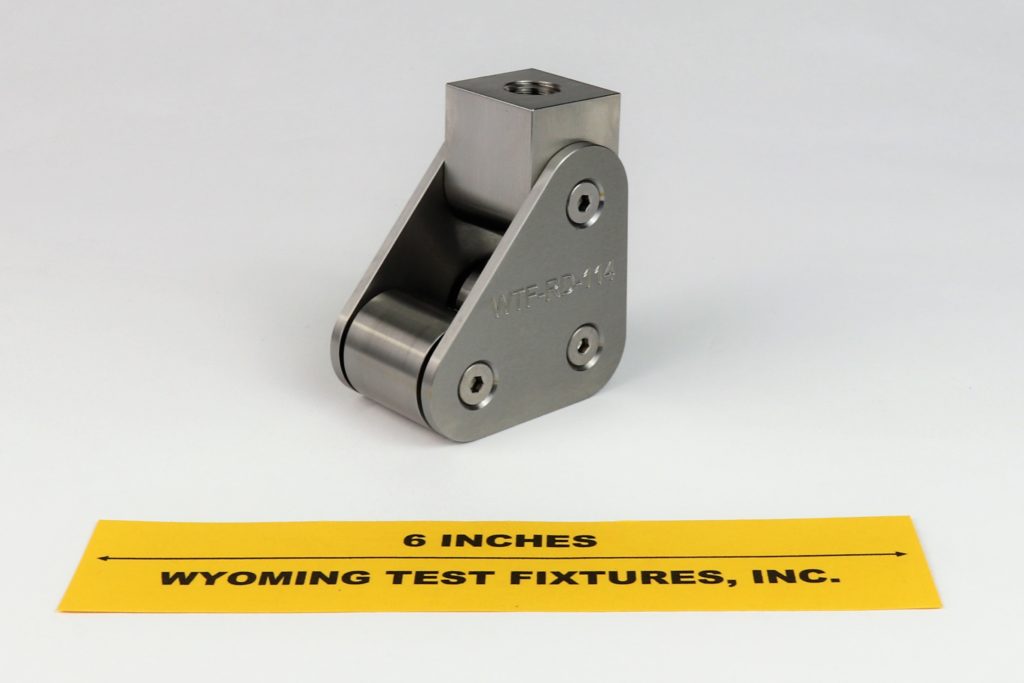
Roller Drum Peel Test Fixture Astm D3167 Wyoming Test Fixtures

Peel Strength Testing



